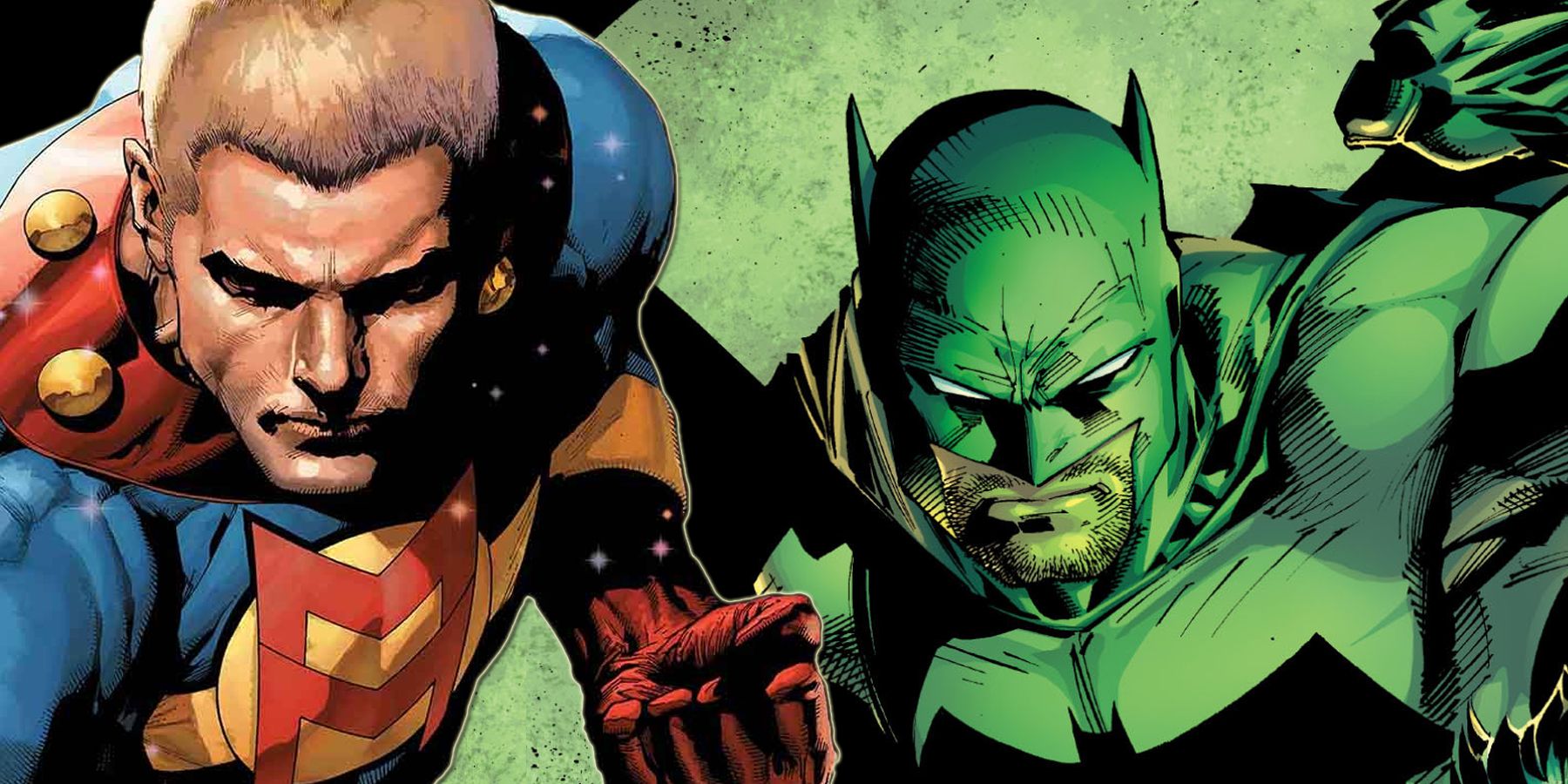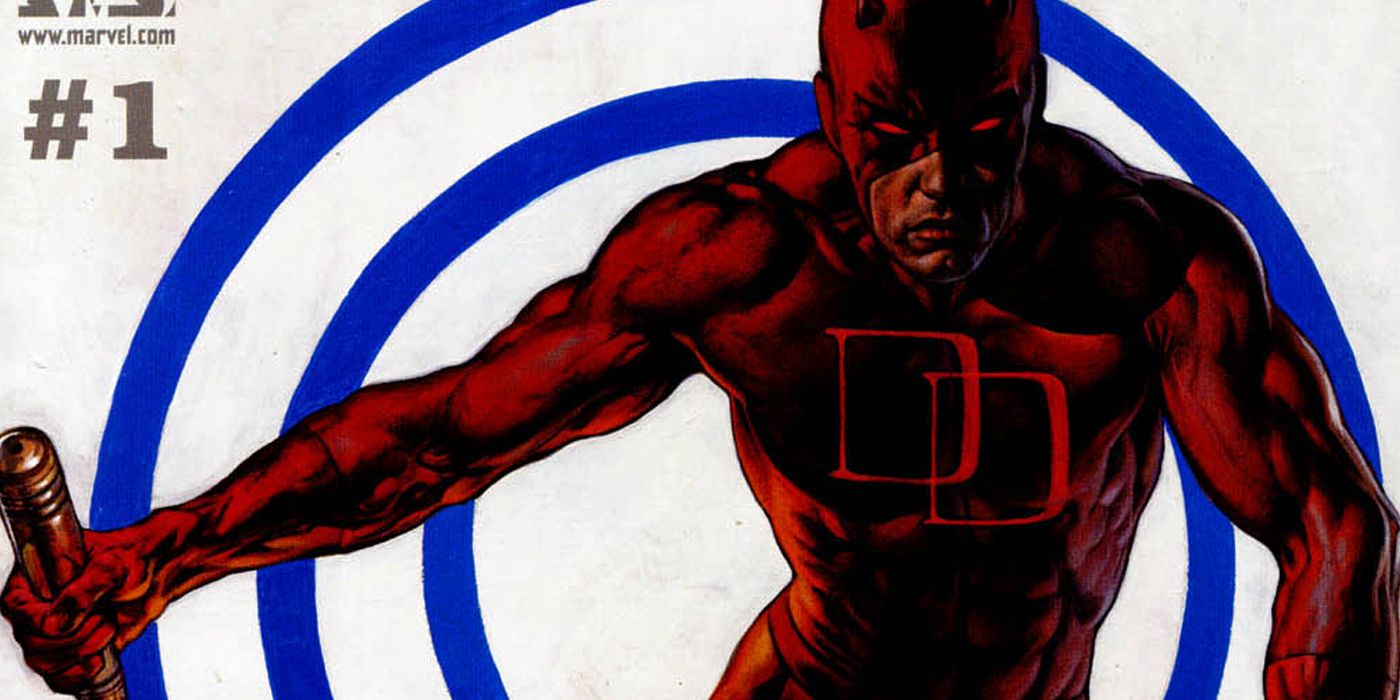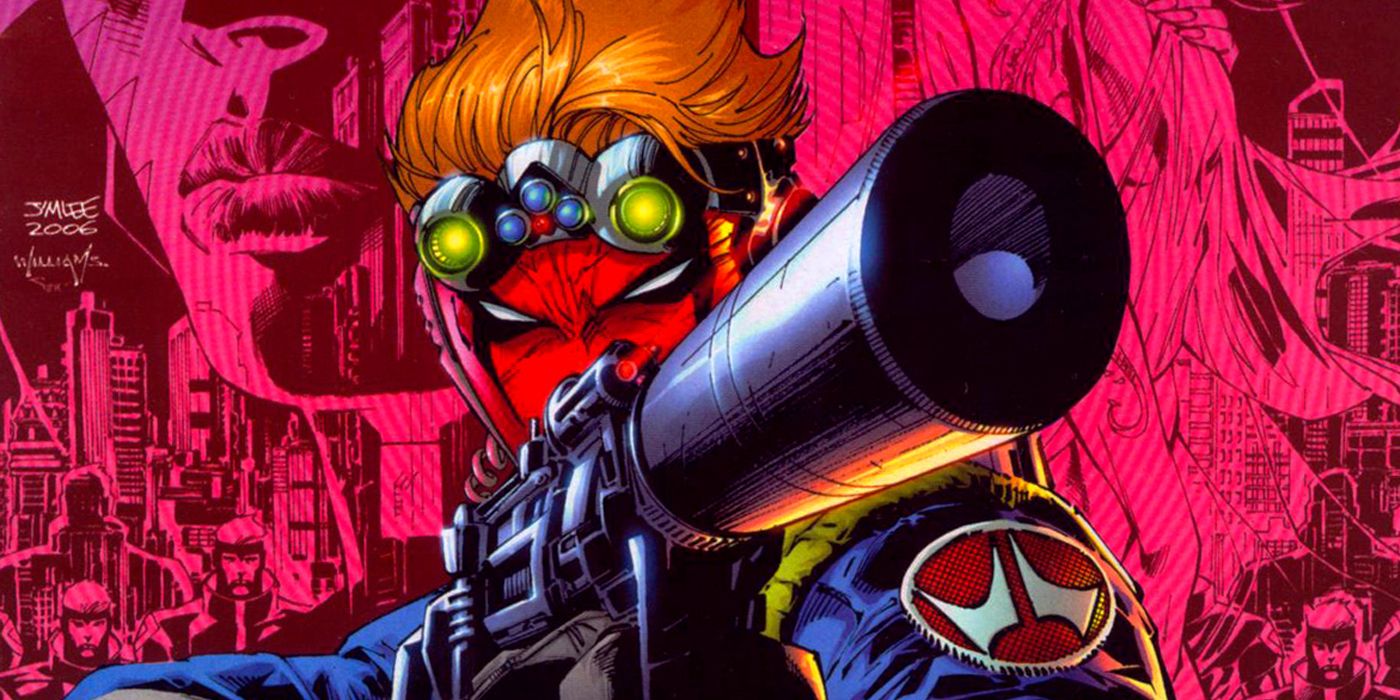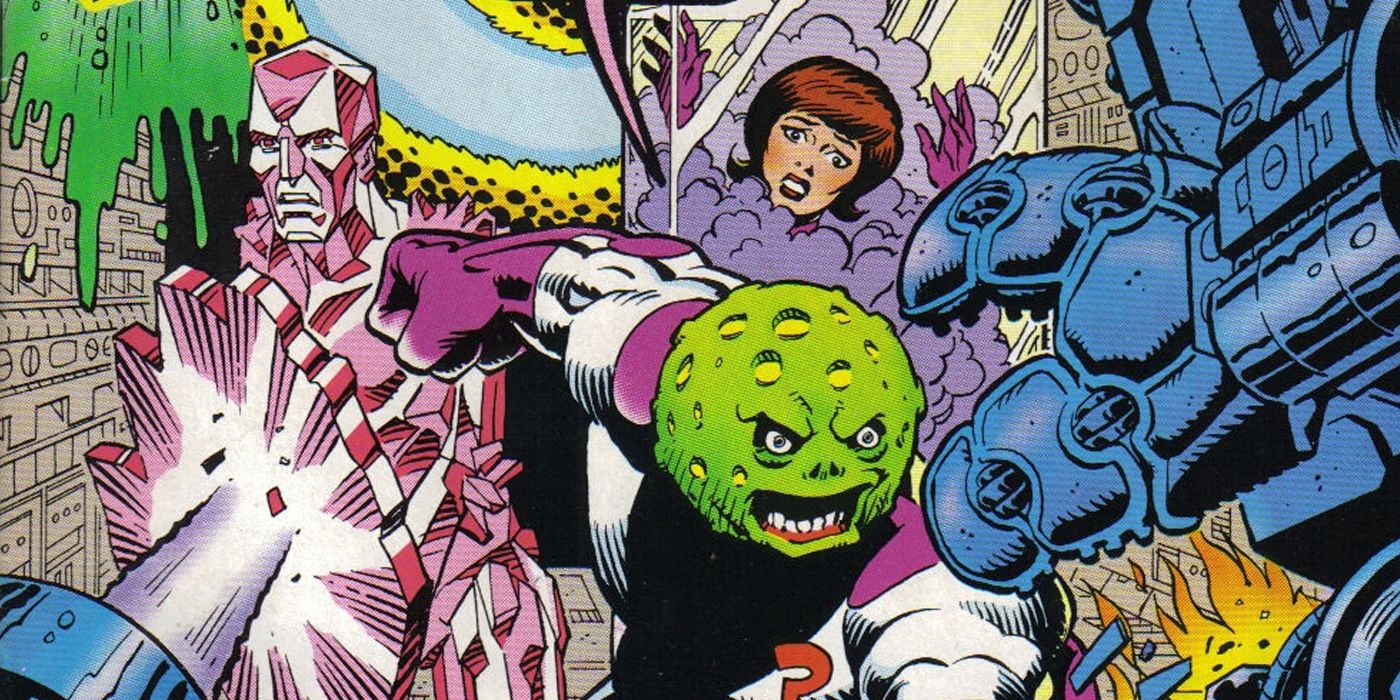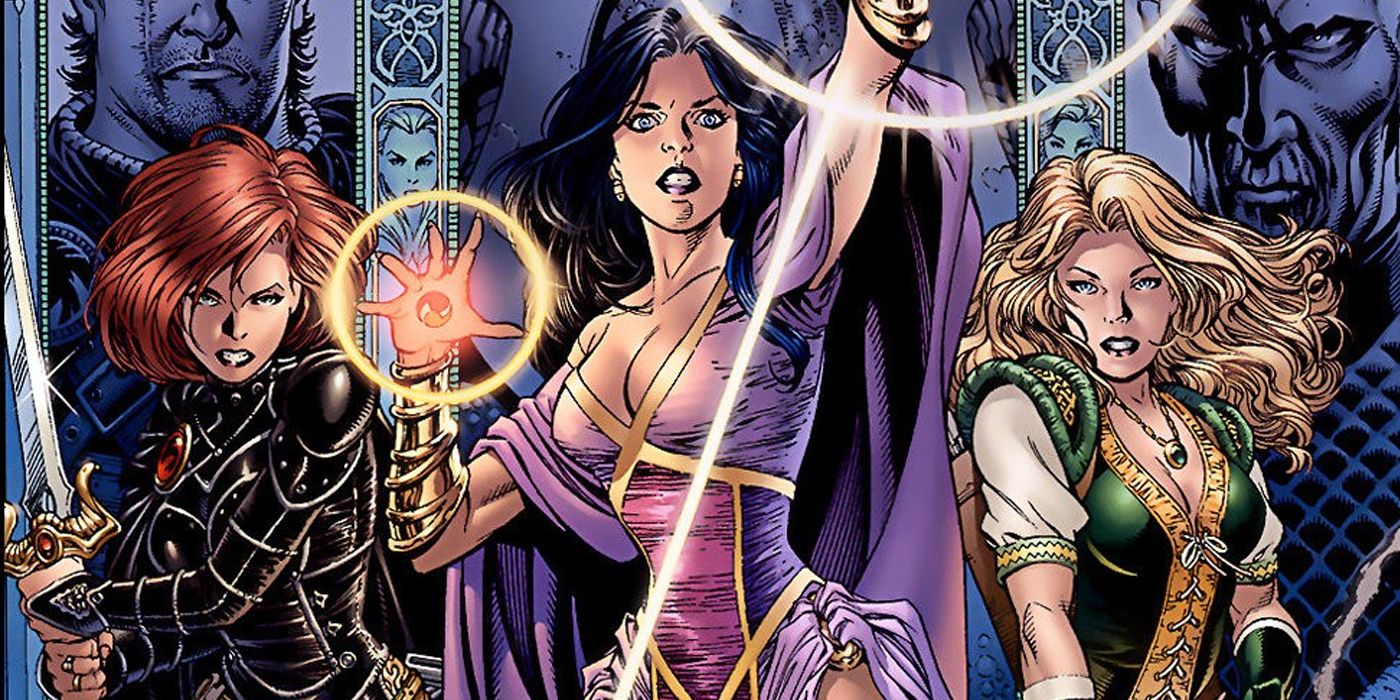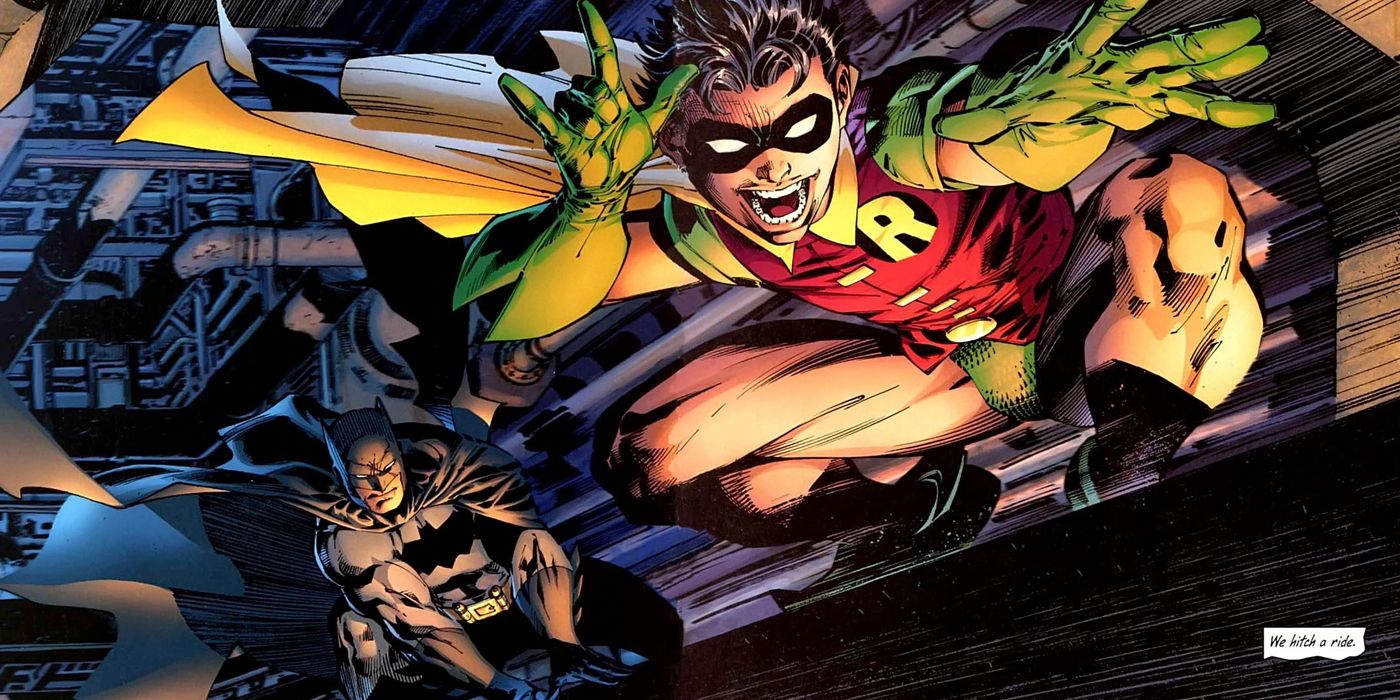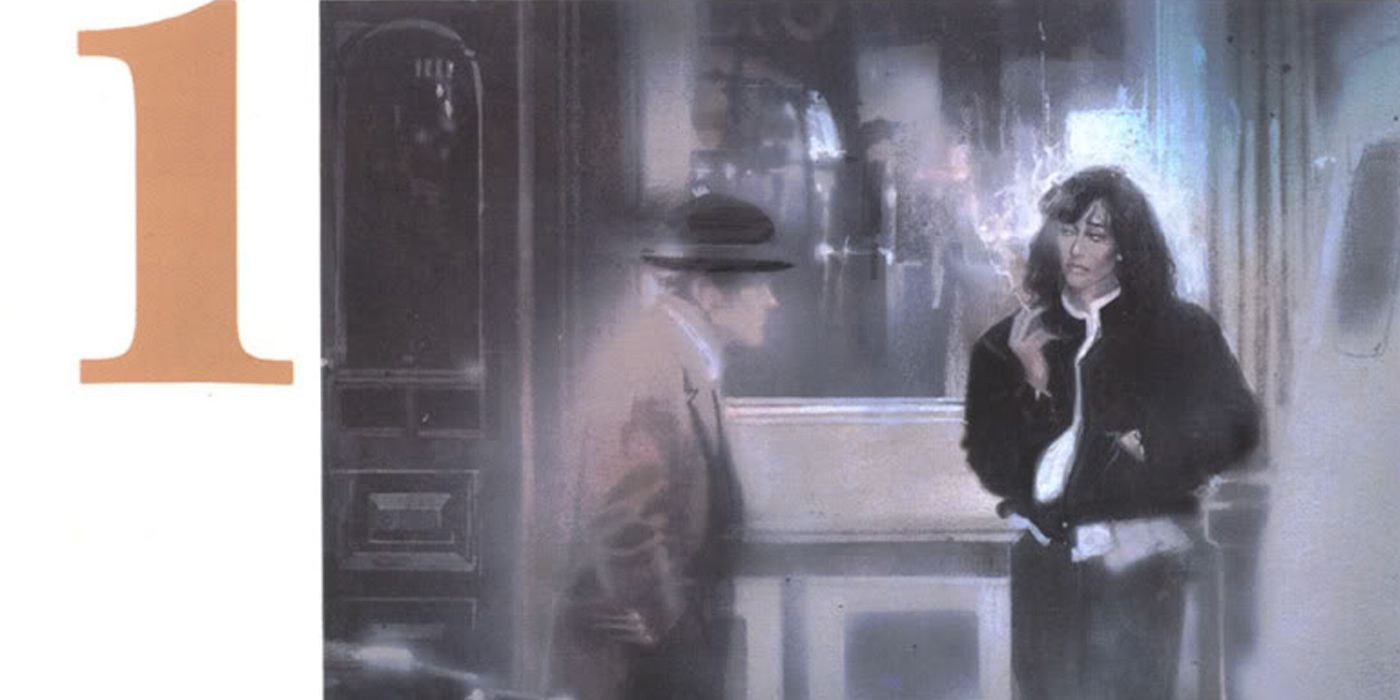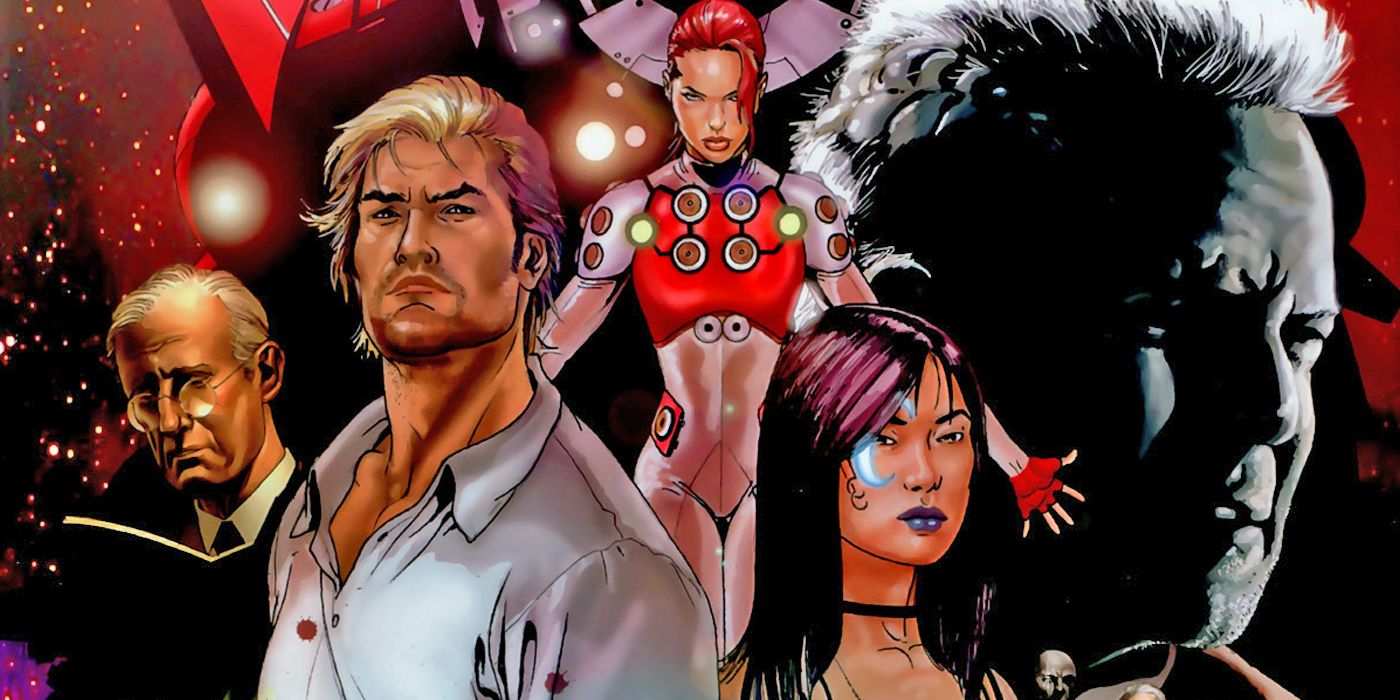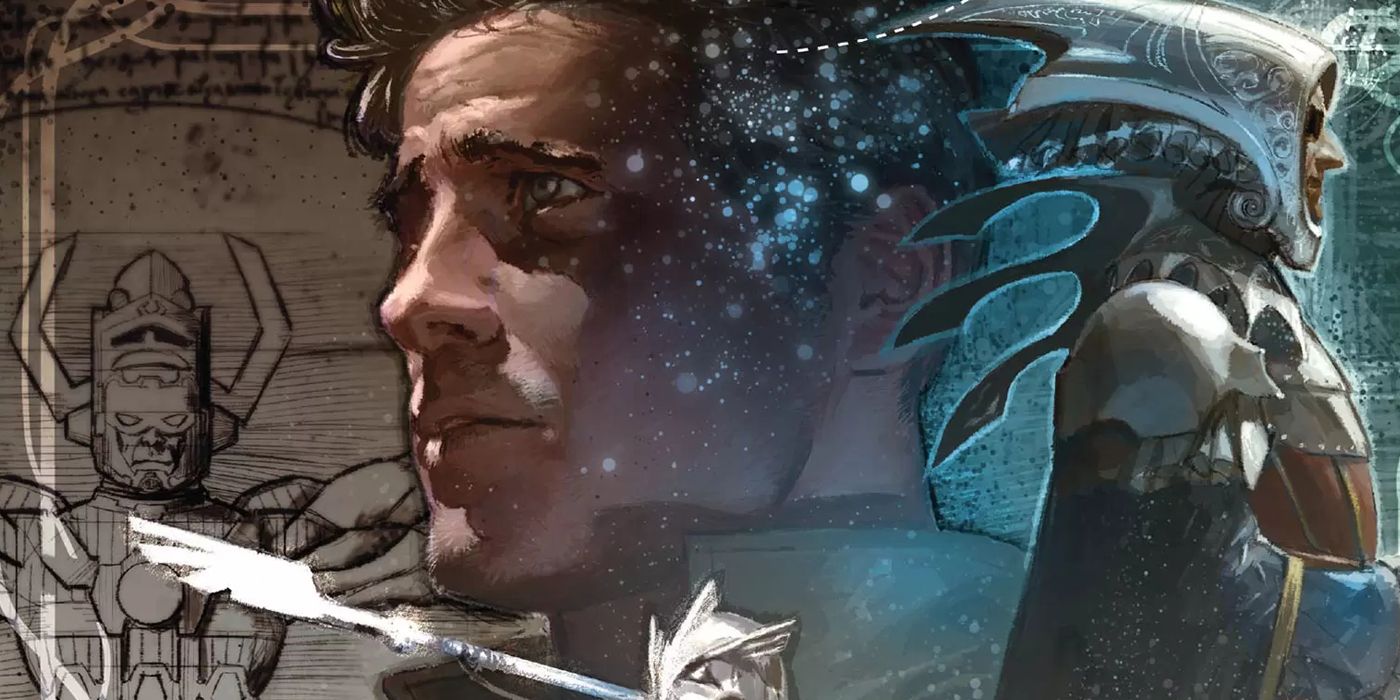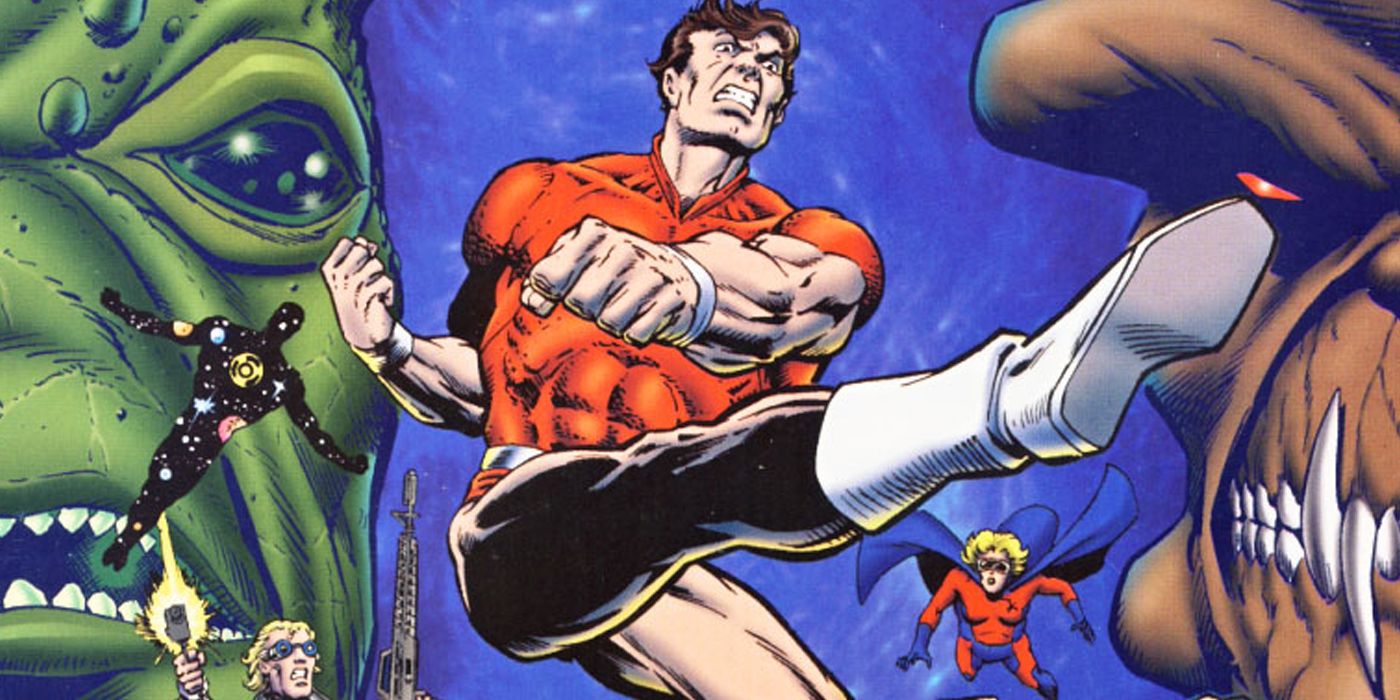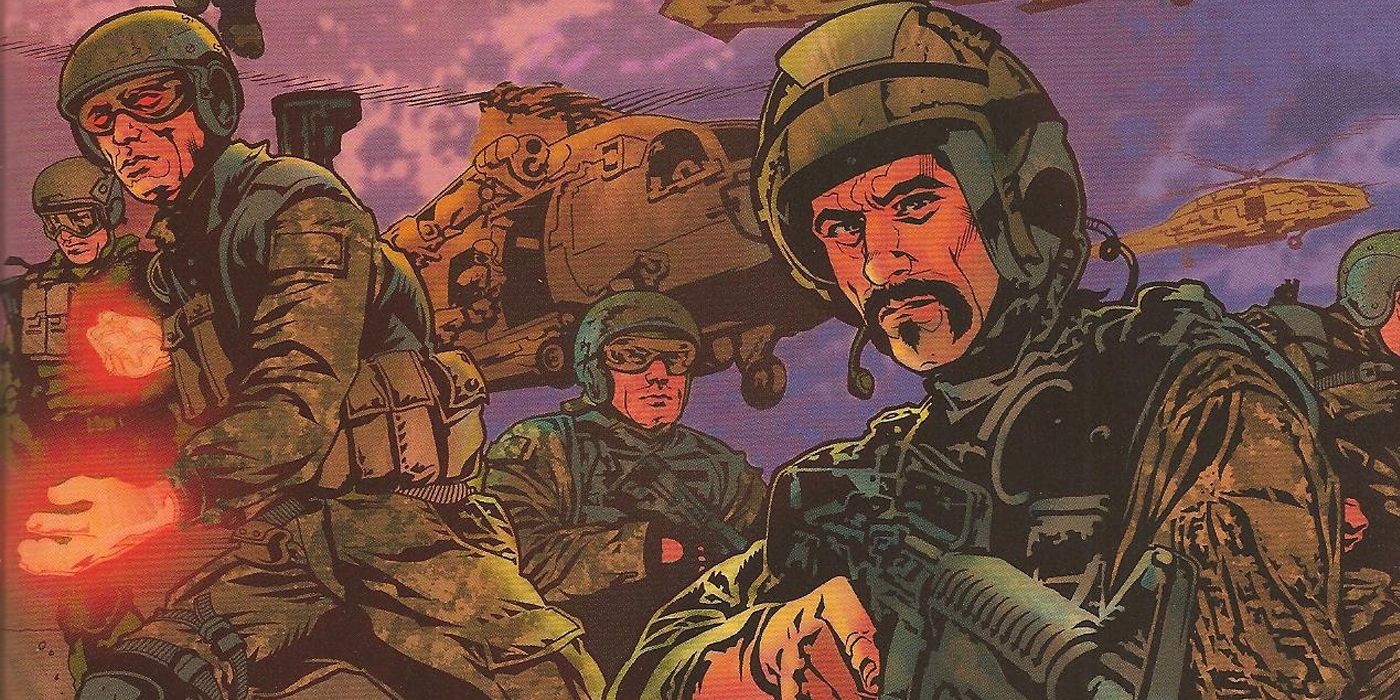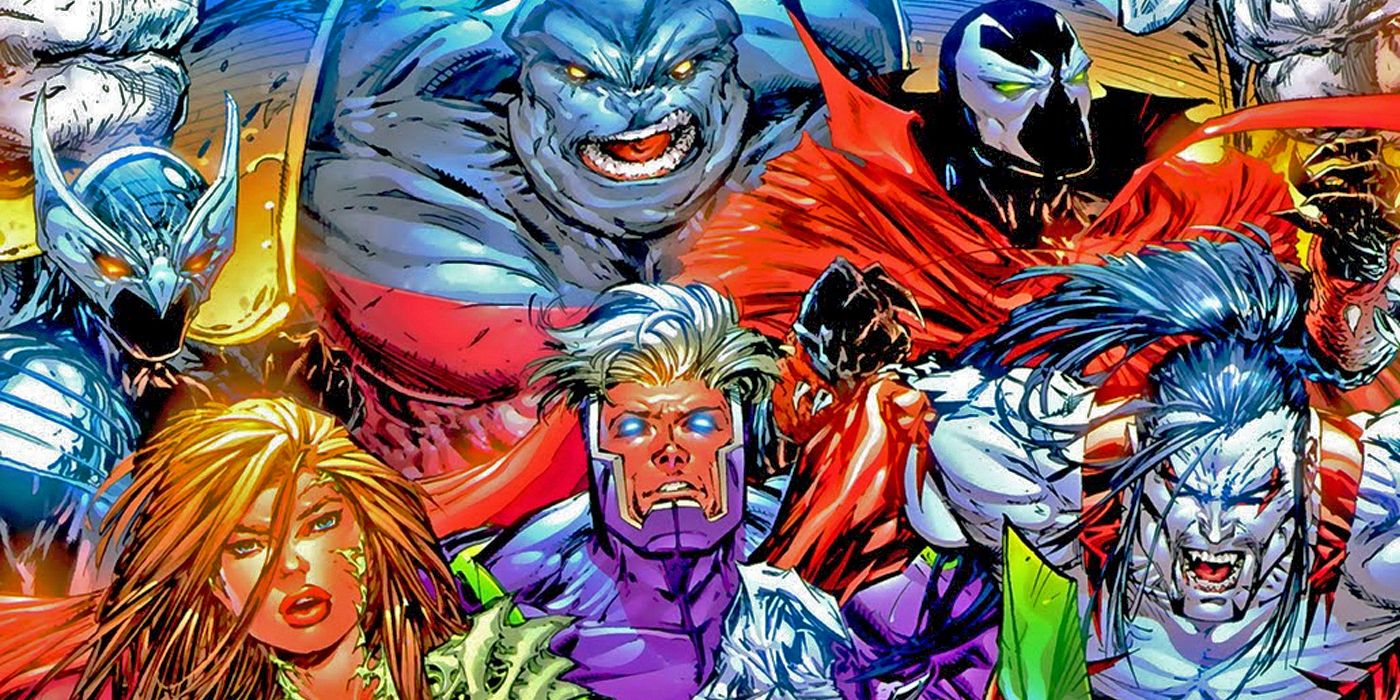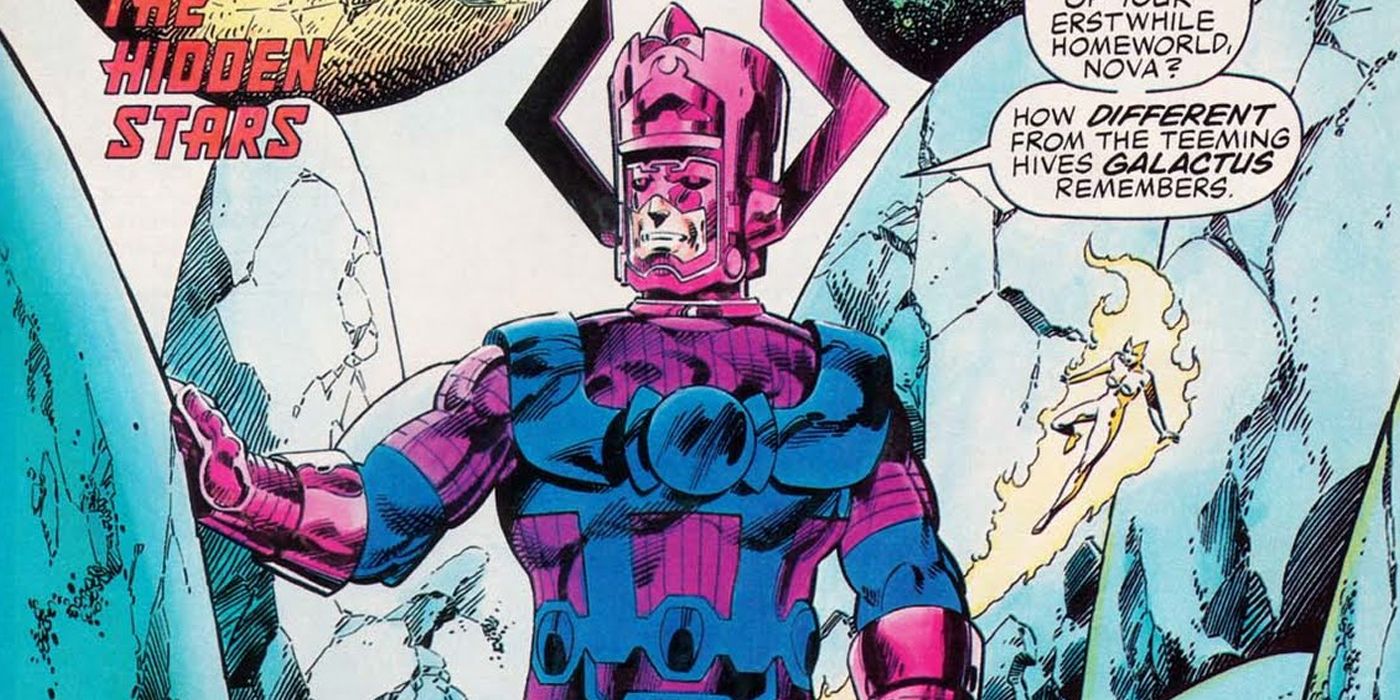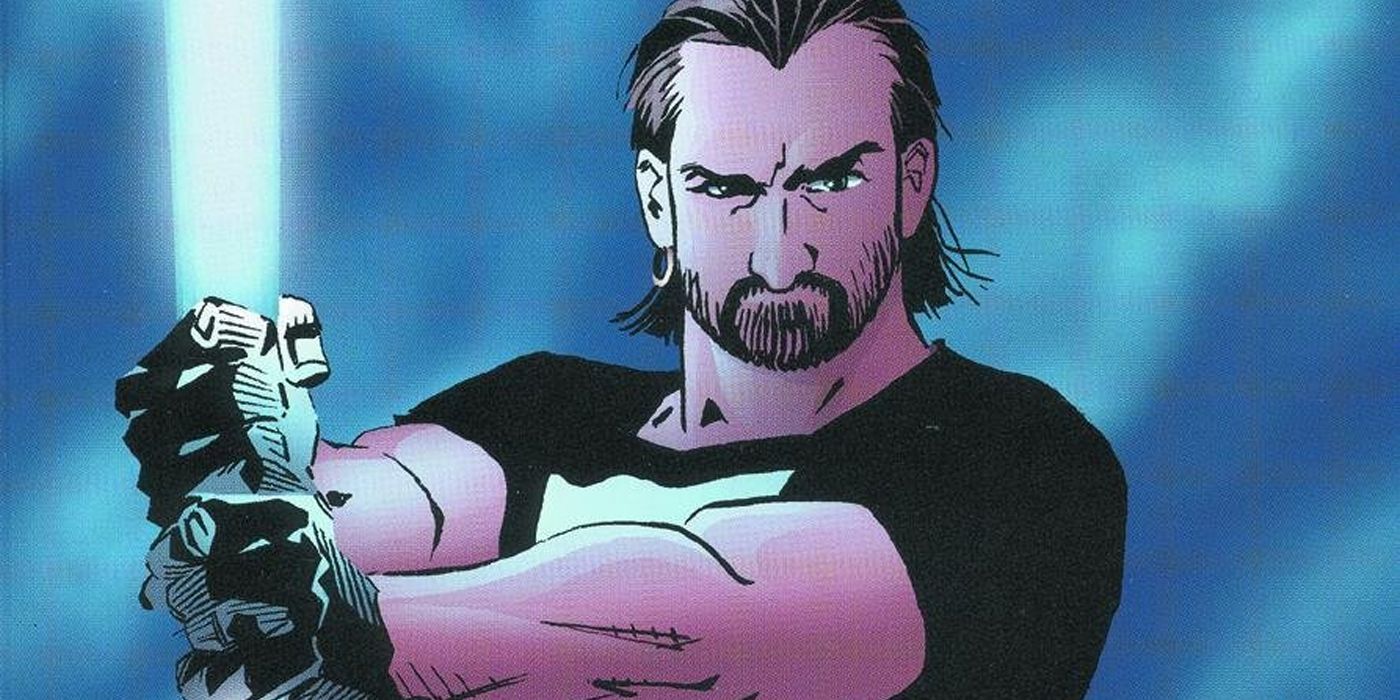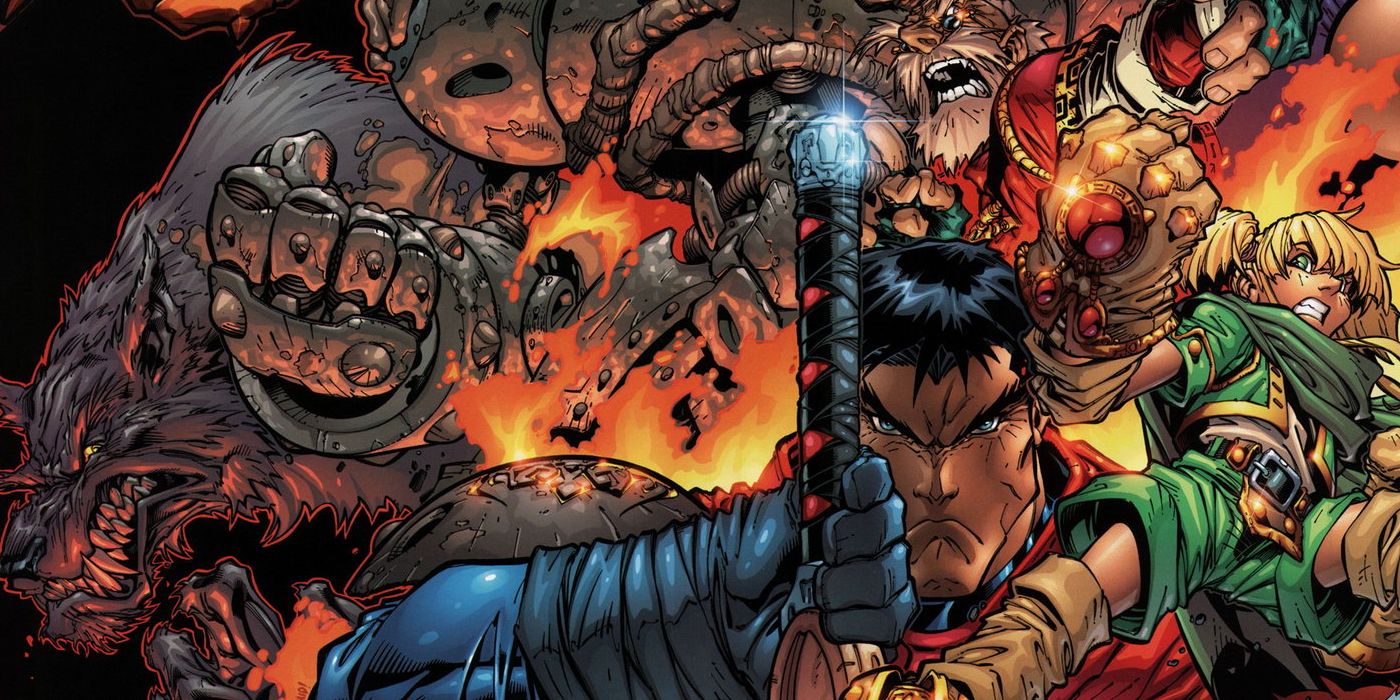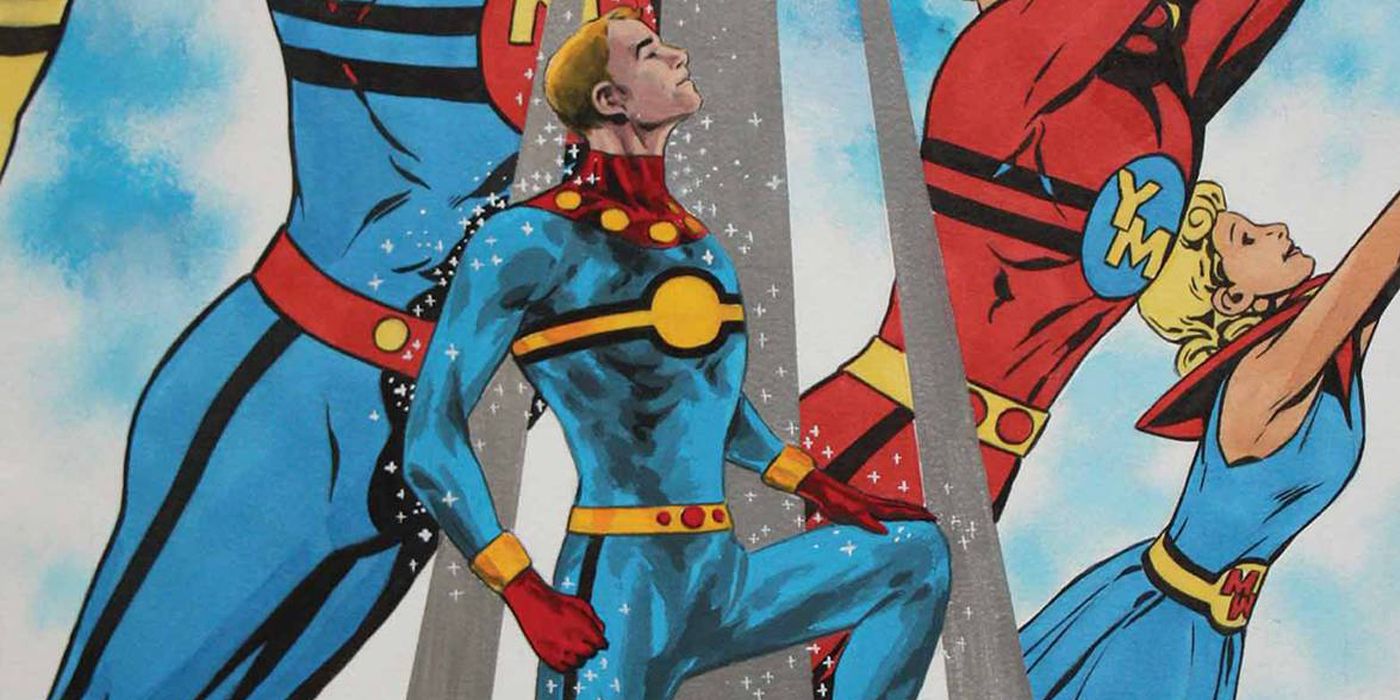The serial nature of comics is one the medium’s biggest assets. It’s what keeps readers coming back to comic shops month after month for the next instalment of their favorite continuing series. Whether those stories go on for a few months or a few decades, their regular release turns reading into a shared communal experience that’s the backbone of fan culture.
RELATED: Late Arrivals: 15 Comics That Were Worth the Wait
When the next issue of a series never materializes, fans can walk away feeling endlessly frustrated. While plenty of creative, commercial and personal reasons can hamper a comic’s release, those unfinished tales become infamous, even in a medium full of never-ending battles. Now, CBR takes a look back at some of comics’ most noteworthy unfinished tales. At least one issue of every series on this list was released, but as of this writing, none of these series has been concluded.
15 Daredevil: The Target
In 1998, filmmaker Kevin Smith relaunched “Daredevil” with Joe Quesada for Marvel Comics’ newly-formed Marvel Knights imprint. During their eight-issue run, the assassin Bullseye killed Daredevil’s girlfriend, Karen Page, in a dark story that revitalized the title. In the lead-up to Daredevil’s 2003 film, Smith made a highly-anticipated return to the character with the miniseries “Daredevil: The Target” in November 2002.
With art by Glenn Fabry, the miniseries was supposed to reintroduce Bullseye into the Marvel Universe and show his first encounter with Daredevil since Page’s death. After the first issue sold over 100,000 copies, the second issue was never released. In 2006, Smith claimed that the book would continue and even showed some of Adam Kubert’s pencil sketches for the next issue. As the world of Daredevil moved on, Smith redirected his attention to his various other endeavors, including finishing his long-delayed miniseries “Spider-Man/Black Cat: The Evil That Men Do” and working on a still-unreleased sequel to “Batman: The Widening Gyre,” his miniseries with artist Walt Flanagan.
14 Grant Morrison and Jim Lee's Wildcats
With the blockbuster creative team of superstar penciller/series creator Jim Lee and writer Grant Morrison, the fourth volume of “Wildcats” was supposed to be the cornerstone of WildStorm Productions’ “Worldstorm” reboot. While promoting the comic, Morrison said that they wanted to make a “realistic super-hero book” that continued to deal with the complex themes that Joe Casey had previously introduced in the title. Despite strong work from both creators, only one issue of the series was released in September 2006.
By the time another creative team relaunched “WildC.A.T.s” in 2008, both Lee and Morrison had moved on to other high-profile projects for DC Comics, WildStorm’s parent company. In 2012, Lee, who was now Co-Publisher of DC Comics, oversaw the integration of his WildStorm characters into the main DC Universe in 2012’s "New 52" reboot. The WildStorm characters, including the Wildcats, are set to be rebooted yet again in Warren Ellis and Jon Davis-Hunt’s upcoming series “The Wild Storm.”
13 1963
After helping pave the way for the Dark Age of comics in the 1980s, Alan Moore penned a six-issue tribute to the Silver Age of comics in his 1993 miniseries “1963.” With retro art by Rick Veitch and Steve Bissette, each issue of the series featured analogues of the classic Marvel characters of the 1960s. Those characters were supposed to travel to the darker Image Universe of 1993 in an unreleased annual set to be illustrated in a more modern style by Jim Lee.
As Bissette said in 2010, that annual was never finished for several reasons, including inter-company politics and Lee’s year-long sabbatical from comics. Some of the “1963” characters have popped up in other comics over the years, but the original series remains incomplete and uncollected. The original conclusion will likely never see the light of day since all of the creators involved seem to have moved on and Lee sold his portion of the Image Universe, WildStorm Productions, to DC Comics in 1998.
12 Crossgen Comics
For a time in the mid-2000s, Crossgen Comics looked like it was going to be a new major comic book publisher. The company published a shared-universe of titles by high-profile creators like Mark Waid and George Pérez. With everything from fantasy titles like “Mystic” and “Sojurn” to Victorian detective titles like ”Ruse,” Crossgen was notable for its variety of genre and its distinct lack of super-heroes. In the midst of “Negation War,” a 2004 miniseries that drew its various titles together, Crossgen filed for bankruptcy leaving that story and the rest of the line unfinished. Disney bought Crossgen’s assets later in 2004.
After being bought by Disney in 2009, Marvel revived some of the publisher’s concepts in a short-lived Crossgen imprint. Marvel brought back “Ruse,” “Sigil” and “Mystic” as four-issue miniseries, but none of the titles directly continued the overarching plot of the original universe. Two more miniseries were announced in 2011, but were canceled before publication due to the low sales of the first batch.
11 All Star Batman and Robin, the Boy Wonder
Frank Miller and Jim Lee’s “All Star Batman and Robin, the Boy Wonder” launched to massive success in July 2005. Set in the same continuity as Miller’s “The Dark Knight Returns,” the miniseries divisively re-envisioned the Dynamic Duo’s earliest days. Over the next three years, only 10 issues of the oft-delayed series were published, with the most recent arriving in August 2008.
At a 2010 convention, DC announced that the last six issues of the series would be released as “Dark Knight: Boy Wonder.” That book’s release date came and went in 2011. Citing creative burnout and numerous other projects for DC, Lee took responsibility for the delay. Around that same time, Lee said that he already had two scripts and that the story had an “awesome ending.” With Miller back at DC working on the ever-expanding “Dark Knight: The Master Race,” both creators have publicly expressed a desire to finish the long-gestating book, schedule-permitting, as recently as a few months ago.
10 Big Numbers
In the post-“Watchmen” peak of his popularity, Alan Moore announced that he would be stepping away from genre comics with the serialized graphic novel “Big Numbers.” Starting in 1990, the series was set to chronicle the changes a shopping mall brought to a small English town over the course of 12 issues. With photo-realistic art by Bill Sienkiewicz, the series would’ve used fractal geometry to examine ideas about chaos theory in what could’ve been comics’ “Ulysses.”
Only two issues of the ambitious project were ever released. After the title changed hands from Moore’s Mad Love imprint to Kevin Eastman’s Tundra Publishing, Sienkiewicz completed a third issue in his more familiar scratchier style before leaving the project. His young assistant Al Columbia started working on the fourth issue before allegedly destroying all of his artwork for the series. Almost two decades since the last issue was released, a photocopy of the third issue showed up on eBay and was later scanned and posted online with Moore’s permission.
9 Newuniversal
While he’s recently been tapped to revive DC’s WildStorm imprint, Warren Ellis isn’t a stranger to rebooting defunct universes. In 2006, Marvel picked him to revive the New Universe, a short-lived 1980s imprint that took a “more realistic” look at super-powers across various series like “Star Brand” and “Nightmask.” With artist Salvador Larroca, Ellis combined several of those concepts into a short-lived series called “newuniversal” that went on hiatus after six issues in 2007.
In 2008, two issues of a follow-up series, “newuniversal: Shockwave,” were released before Ellis famously lost all of his notes and scripts for the series in a computer crash. Although two ancillary one-shots were published, that series was never completed. While that take on the New Universe is largely forgotten today, Jonathan Hickman used several ideas and re-conceived concepts from the New Universe’s “White Event” during his run on “Avengers” and the lead-up to the 2015 crossover “Secret Wars.”
8 Jonathan Hickman and Dustin Weaver's S.H.I.E.L.D.
Speaking of Jonathan Hickman, the last two issues of his and Dustin Weaver’s “S.H.I.E.L.D.” still haven’t been released. Originally beginning in 2010, the series re-envisioned Marvel’s premiere spy organization as a historical behemoth that quietly protected the Earth for centuries and counted Leonardo da Vinci, Galileo, and Isaac Newton among its members. Over 12 issues in two volumes, the mind-bending series cemented Hickman and Weaver as major Marvel creators and reshaped Marvel’s history to include an attempted Brood invasion of Ancient Egypt and a 16th century encounter with Galactus.
After “S.H.I.E.L.D.” #3 was published in late 2011, the final two issues of the series went unreleased while the creators worked on “Avengers” and the 2013 crossover “Infinity.” In 2014, Hickman confirmed that Weaver had finished his artwork for both issues. In 2015, Hickman said that he only had to do a few passes on the script before it was totally finished. Despite their allegedly complete state, neither one of the final two issues of “S.H.I.E.L.D.” has been officially announced.
7 Acclaim Comics
Acclaim Comics was born when the video game developer Acclaim Entertainment bought Valiant Comics in 1994. In the early 1990s, Valiant was a major force in comics thanks to its inventive marketing gimmicks and a critically acclaimed shared universe of original creations and licensed Gold Key characters. After buying Valiant, Acclaim rebooted the universe and released several popular Valiant-based video games like “Turok: Son of Stone” and “Shadowman.”
After rebooting the Valiant characters in 1996, Acclaim tried to reconcile the original Valiant Universe with the rebooted Acclaim Universe in the 1999 crossover “Unity 2000,” written by former Valiant Editor-in-Chief Jim Shooter. When Acclaim canceled most of its line in early 2000, only half of the miniseries had been published. The scripts and some art for the remaining issues of “Unity 2000” were leaked online a few years later. After a group of investors bought Valiant’s assets from Acclaim, Valiant Comics was reborn as Valiant Entertainment to great success in 2012.
6 War Heroes
While it may have lost some of its topicality, the concept behind Mark Millar and Tony Harris’ 2008 Image series, “War Heroes” remains an intriguing one. The five-issue miniseries was originally sold as what Millar had in mind for a third volume of Marvel’s “The Ultimates.” This story took place in a slightly dystopian America where soldiers were given super-powers in order to fight the War on Terror.
The series followed a group of con artists who infiltrated the military in order to steal some power-bestowing pills. As the series progressed, the con men started doubting their plan to sell the pills to the highest bidder and had a change of heart in the book’s last published pages. Although only three issues were released, the series was optioned by Sony in 2008 and was in negotiations to be adapted by Universal in 2011. Harris has expressed interest in continuing the series, but has said that he never received scripts for the last two issues.
5 Image United
With a script by Robert Kirkman and interior art from original Image founders Marc Silvestri, Todd McFarlane, Erik Larsen, Whilce Portacio, Rob Liefeld and Jim Valentino, “Image United” was a love letter to the kinds of comics published in the 1990s' comic boom. Unfortunately, that miniseries inherited that era’s penchant for excessive delays as well. The 2009 series was supposed to bring all of Image’s ‘90s superstars like Savage Dragon and Witchblade together with Kirkman’s “Invincible” heroes for a battle against the original Spawn over the course of six issues.
After two issues were published in 2009, a prelude issue was published as a stop-gap in early 2010. After the third issue was published in August 2010, the fourth issue was never published. Neither was the “Image United Interlude,” another fill-in book scheduled for 2010. As Liefeld said in 2012, “”Image United is the best worst idea,” before apologizing for the continued delay and adding that the group should’ve completed work on the title before soliciting it.
4 The Last Galactus Story
Originally published in Marvel’s “Epic Magazine,” John Byrne and Terry Austin’s “The Last Galactus Story” is one of the great unfinished works of the 1980s. After the first nine parts of the story were published, Marvel canceled the anthology in 1984, leaving the final chapter of the comic unseen. In the parts of the comic that were published, Galactus and his herald Nova, the Frankie Ray version, were drawn to the center of the universe by a trail of dying galaxies. They discovered that they had been led there by a Watcher who was consumed with guilt after witnessing the birth of the Devourer of Worlds eons ago and not killing him as a child.
Although Byrne expressed interest in finishing the story, even as part of Marvel’s “The End” series, the rest of the story remains unprinted. Byrne has stated that the last chapter of the tale would’ve seen Galactus consume all of the energy in the universe, destroying it and creating a new universe where his herald Nova would’ve become the new Galactus.
3 Mage: The Hero Denied
Even in its semi-completed state, Matt Wagner’s “Mage” is already remembered as one of the best independent comics of the 20th century. Starting in 1984, “Mage: The Hero Discovered” followed Kevin Matchstick, a reincarnated King Arthur who reluctantly fought the forces of darkness with a baseball bat that stood in for Excalibur and a reincarnated Merlin.
A second series, “Mage: The Hero Defined” ran from 1997 until 1999. That series followed a more experienced Matchstick as he gained allies and met his wife through his continuing adventures. He also realized that, on top of being the reborn King of Camelot, he was also a reincarnation of the Sumerian legend Gilgamesh. Although both series ran for about 15 issues, the long-awaited third and final part of the trilogy, “Mage: The Hero Denied” has never been officially announced or scheduled. As Wagner said in 2007, “Eventually ‘Mage’ decides when I’m going to work on ‘Mage.’” Even after the film rights to “Mage” were purchased in 2010, “Mage” has continued to deny readers the honor of his presence.
2 Battle Chasers
In the wake of Joe Madureira’s extremely popular run on “Uncanny X-Men,” his creator-owned fantasy series “Battle Chasers” was one of the most commercially successful books of the late 1990s. Over 10 issues, Madureira created a colorful steampunk world that was perfect for his fluid, cartoony art style. While the series was released on a fairly regular basis when it started in 1998, the back half of the series came out over the course of three years thanks to Madureira’s slow pace. Once he dove into the world of video games full-time, the series slowed from a crawl to a complete halt in 2001.
Madureira returned to some high-profile comics like “Ultimates 3” in the late-2000s, though “Battle Chasers” remained unfinished. In 2015, Madureira launched a successful Kickstarter campaign to turn the comic into a video game with “Battle Chasers: Nightwar,” developed by Airship Syndicate. In 2015, he said that his goal was to release the next three issues of the comic close to the game’s release date. Although it was originally scheduled to be released in late 2016, the game’s Kickstarter page now lists mid-2017 as the release date.
1 Miracleman: The Silver Age
Surprisingly, Neil Gaiman and Mark Buckingham’s run on “Miracleman” is still the most famous unfinished comic book of all time. Once Marvel Comics untangled a decades-old legal quagmire and bought the rights to “Miracleman” in 2013, readers eagerly awaited the conclusion to the dark super-hero epic. After reprinting some of Mick Angelo’s 1950s work and the post-modern Alan Moore-penned revival of the 1980s, Marvel reprinted Gaiman and Buckingham’s “Miracleman: The Golden Age,” the first part of a trilogy that would include “The Silver Age” and “The Dark Age.”
Although Marvel solicited the first three issues of “The Silver Age” in 2013, those books were later canceled. During “Miracleman’s” original 1990 run, only the first two parts of this story were released. With the exception of an annual, the third issue of “The Silver Age” would’ve been the official continuation of the “Miracleman” saga after two decades of waiting. As Marvel Editor-in-Chief Axel Alonso told CBR earlier this year, Marvel was “just waiting until we have a seamless release from reprint to original material.” Hopefully, that wait won’t be too much longer.
These comics never ended, but this article just did. Let us know which one of these comics you want to see more of in the comments below!

